News 4/20/11
CMS says it paid physicians more than $234 million in Medicare incentive bonuses for the 2009 PQRS program and an additional $148 million in 2009 e-prescribing incentives. The PQRS bonuses averaged $1,956 per provider and $18,525 per practice, while the average e-prescribing bonus was just over $3,000 per provider and $14,051 per practice. CMS reports that participation in PQRS has grown 50% per year since it first began in 2007.
Practice Fusion hires Paul Willard as VP of marketing and Liz Meyerdirk as senior director of business development. Willard was most recently VP of marketing for Coupons.com; Meyerdirk was associate VP of corporate strategy and business development for MedeAnalytics.
Radiology & Imaging (MA) and Seacoast Radiology (NH) select McKesson’s revenue management solutions for billing and coding. I mentioned Seacoast Radiology a few months after hackers breached one of their servers. The likely culprits were said to be “rogue gamers” looking for bandwidth to play Call of Duty: Black Ops.
AMA rolls out its AMAGINE platform nationwide. The subscription-based offering ranges from $20 per month per physician for e-prescribing to $300 a month for EMR. AMAGINE includes access to over 20 HIT solutions, including Allscripts, CareTracker, QuestCare 360, and NextGen.
Beacon IPA (NY) partners with Sequel Systems to offer its members discounted pricing on SequelMed EMR and PM products.
Patients perceive that the use of EHR increases the quality of care and provides a more accurate health record. Eighty-percent of patients have a positive perception of EHRs, though only 62% of physicians feel the same way. Patients are more concerned about privacy and security (81%) than doctors (62%). Both groups agree that the biggest benefits of EHRS are real-time access to records and the ability to share information among providers.
Allscripts opens registration for its ACE 2011 conference. This year’s big event is August 29-31 in Nashville. If I am reading their graphic correctly, Allscripts expects its ambulatory EHR clients to outnumber the Sunrise customers by about two to one.
The Missouri HIT Assistance Center selects SuccessEHS as a Group One vetted EHR vendor.
Physician offices are better at retaining RNs than hospitals or health systems, likely because of the better work environment. RNs work an average of 3.3 years at a physician offices before changing jobs, but only 3.1 years at general hospitals. Average compensation is higher in hospitals than physician practices, but offices tend to offer more stability and better culture.
Odd: Physician’s Computer Company issues a press release chastising payers and clearinghouse partners for their “lack of readiness” to test the new 5010 transaction standards. PCC says it has validated its own readiness with its direct-to-payer connections, but is waiting on more than three dozen carriers and clearinghouse partners to get up to speed. I can’t figure out what PCC has to gain from issuing the release, other than a few ticked off partners.
American Well launches Online Care for Providers, a new service that enables physicians to offer telehealth to patients. The offering includes the ability to conduct two-way video, secure text chats, and phone calls. Encounter records may then be then download into the provider’s EMR.
Most physicians that are considering hospital employment expect to be paid one to five percent more than they are now. Employed physicians believe doctors should be more involved in executive leadership and hospital management, including service on the board of directors. On the other hand, hospital executives aren’t ready to hand over the keys yet and say they’ll need to find funds in order to pay physicians more. Train wreck, anyone?

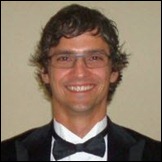
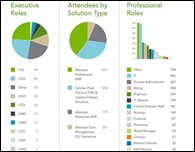
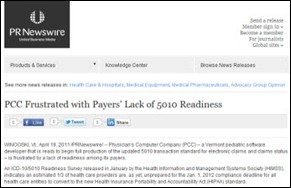

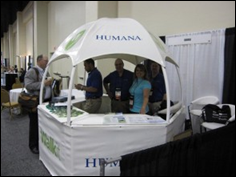
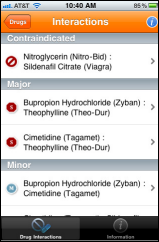




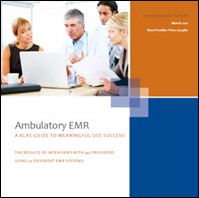

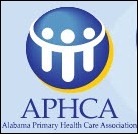


The article about Pediatric Associates in CA has a nugget with a potentially outsized impact: the implication that VFC vaccines…